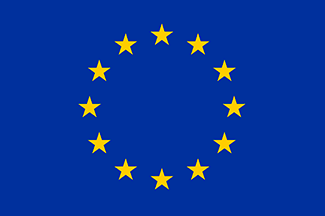
In order to control the cellular environment, membranes are used to surround cells and to form internal compartments. Traffic across these membrane is mediated by a wide variety of embedded protein molecules. Our goal is to gain insight into the mechanisms by which ions are transported across these membranes. Specifically, our work addresses two model bacterial systems that are highly amenable to structural and biochemical analyses. Overarching questions include how changes in the molecular structure are used to carry ions across the otherwise impermeable barrier and how these structural changes are driven by diverse energy sources such as ATP and the proton motive force. The first model system is an ATP-driven potassium pump called KdpFABC that is responsible for the stress response to potassium deficiency. The second model system is a zinc transporter called YiiP that uses the proton-motive force to maintain zinc homeostasis. We use biochemical and biophysical methods to characterize the functional consequences of selected mutations and use X-ray crystallography and cryo-electron microscopy to reveal structural changes related to the transport mechanism.
Project title:
Molecular Mechanisms of Ion Transport across Biological Membranes
Area of research:
Biophysics, Structural Biology
Fellowship period:
1 Feb 2021 - 31 Jul 2021
Fellowship type:
AIAS-COFUND II Marie Skłodowska-Curie fellow

This fellowship has received funding from the European Union’s Horizon 2020 research and innovation programme under the Marie Skłodowska-Curie grant agreement No 754513 and The Aarhus University Research Foundation.
